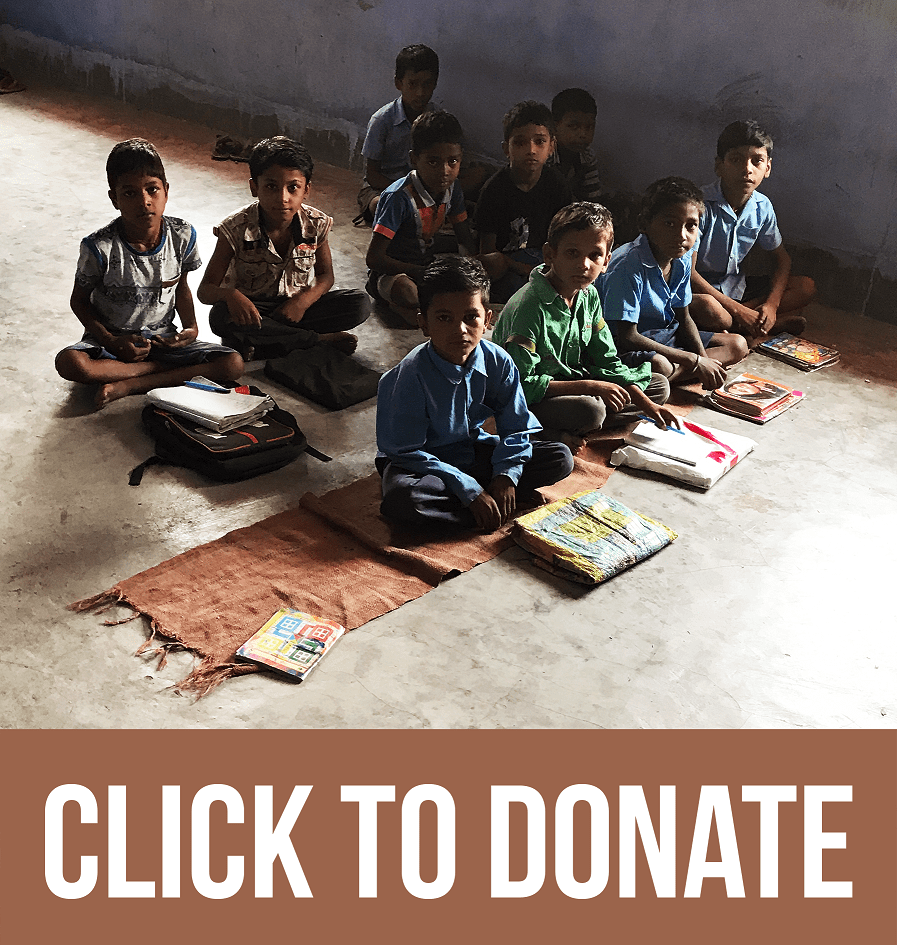2019 August School Visits at Bihar India (Day 3)
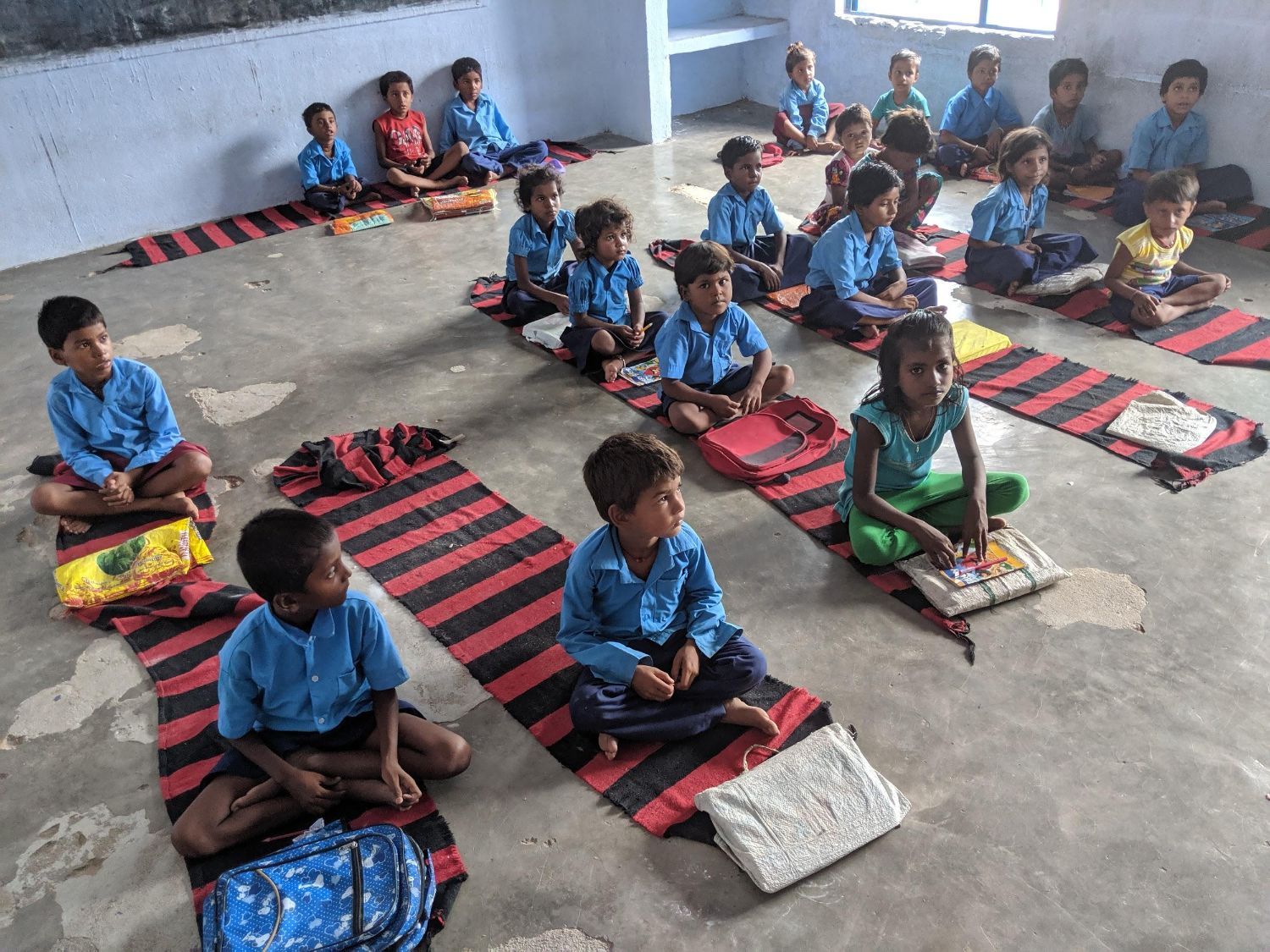
Day 3
Hooray! We made it to Day 3!! Any little things are worth celebrating right? The past few days have shown me a great deal about perspectives, or point-of-views. We may be thinking, geez... The children and their parents live in disadvantaged communities; Their schools are run-down; The Government should look more into improving the public school system; Their future is not worth looking-forward to.
Now, have another go at the past photos, and think about it this way:
Their school uniforms are neat and tidy; Their classes are huge, and they still get along well with each other; The headmasters and teachers are approachable and convenient to meet; The children look happy; They appear confident; They have the freedom to be close to nature.
Notice the difference? Sometimes I like to pretend to be intellectual and come up with theories. I believe when we see something relatable, we would compare and visualize living in these conditions, or picture if the same things happen to us. Here’s the hard truth: it’s about them, it’s not about us. Try going through Day 3’s photos with this perspective as well.

Today for brekkie, we are trying something different. This is called Dosa, the Indian version of crepe. Thin, light, and very tasty, especially when mixed with the lentil curry.
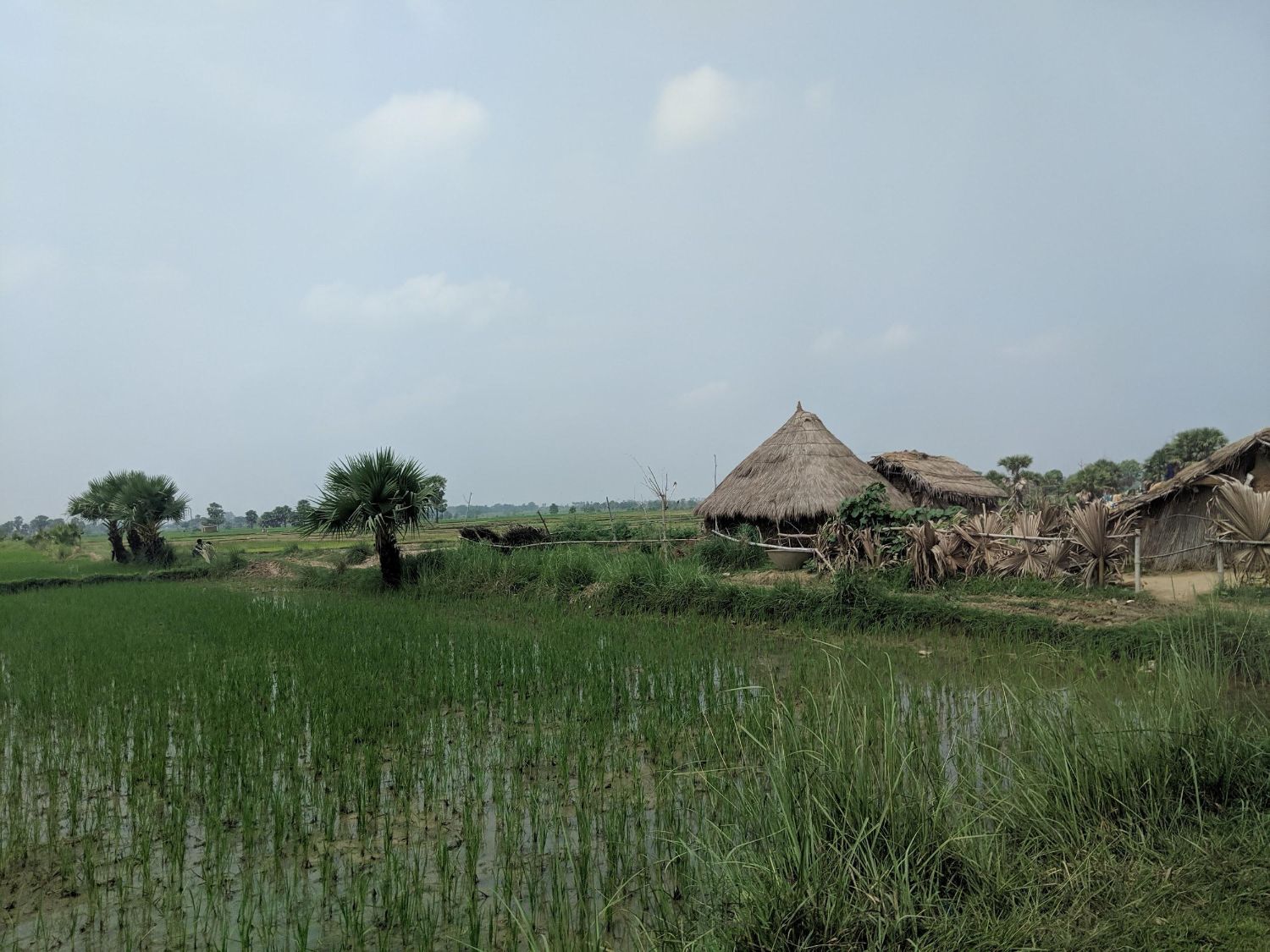
We are visiting schools located about an hour away from Bodhgaya, so this village made of grass is only the beginning.
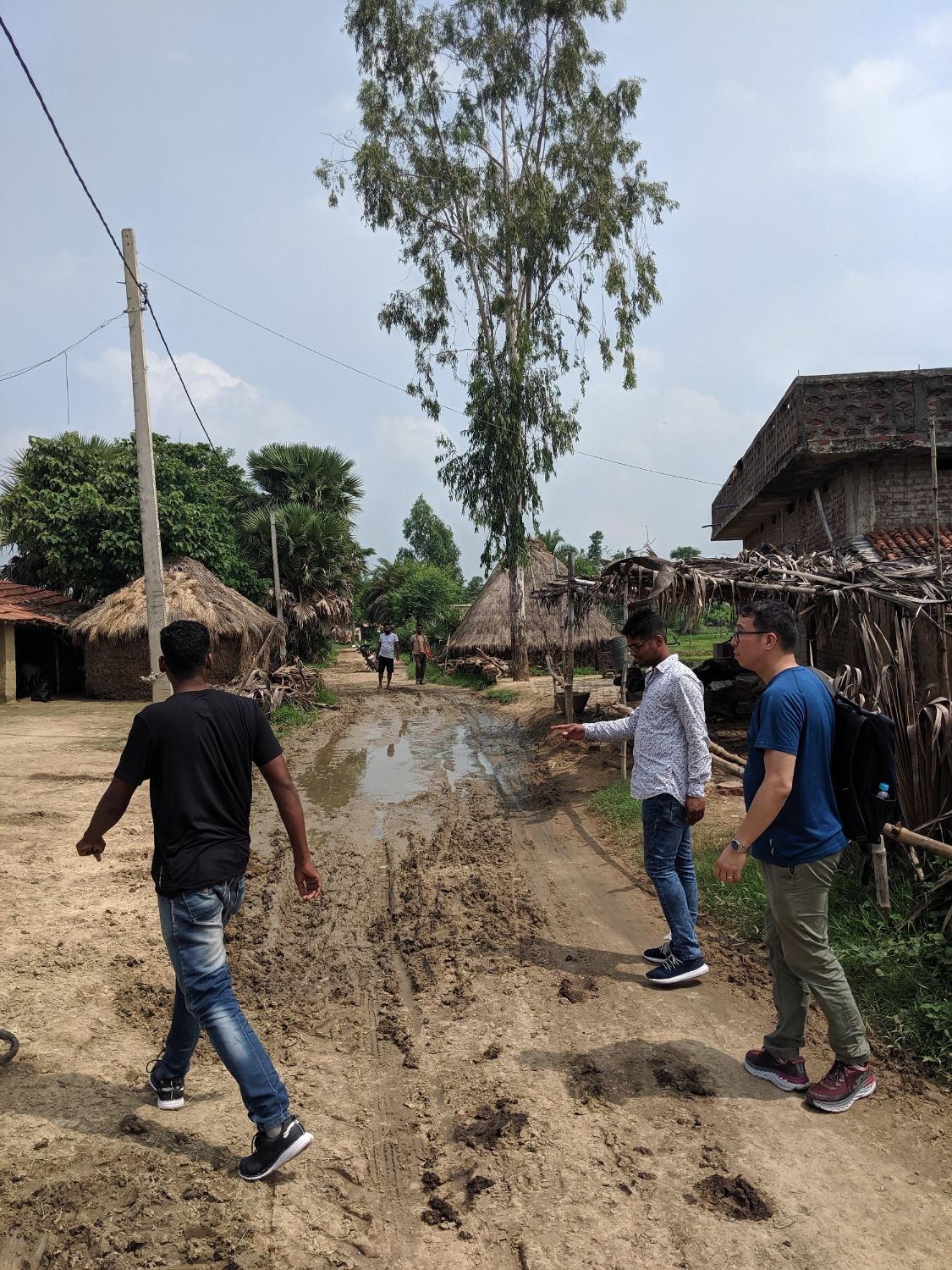
OK, first village. After the rain, the village’s road is filled with puddles and mud. We decided it’s smarter to get down and walk, rather than pushing a stuck van.
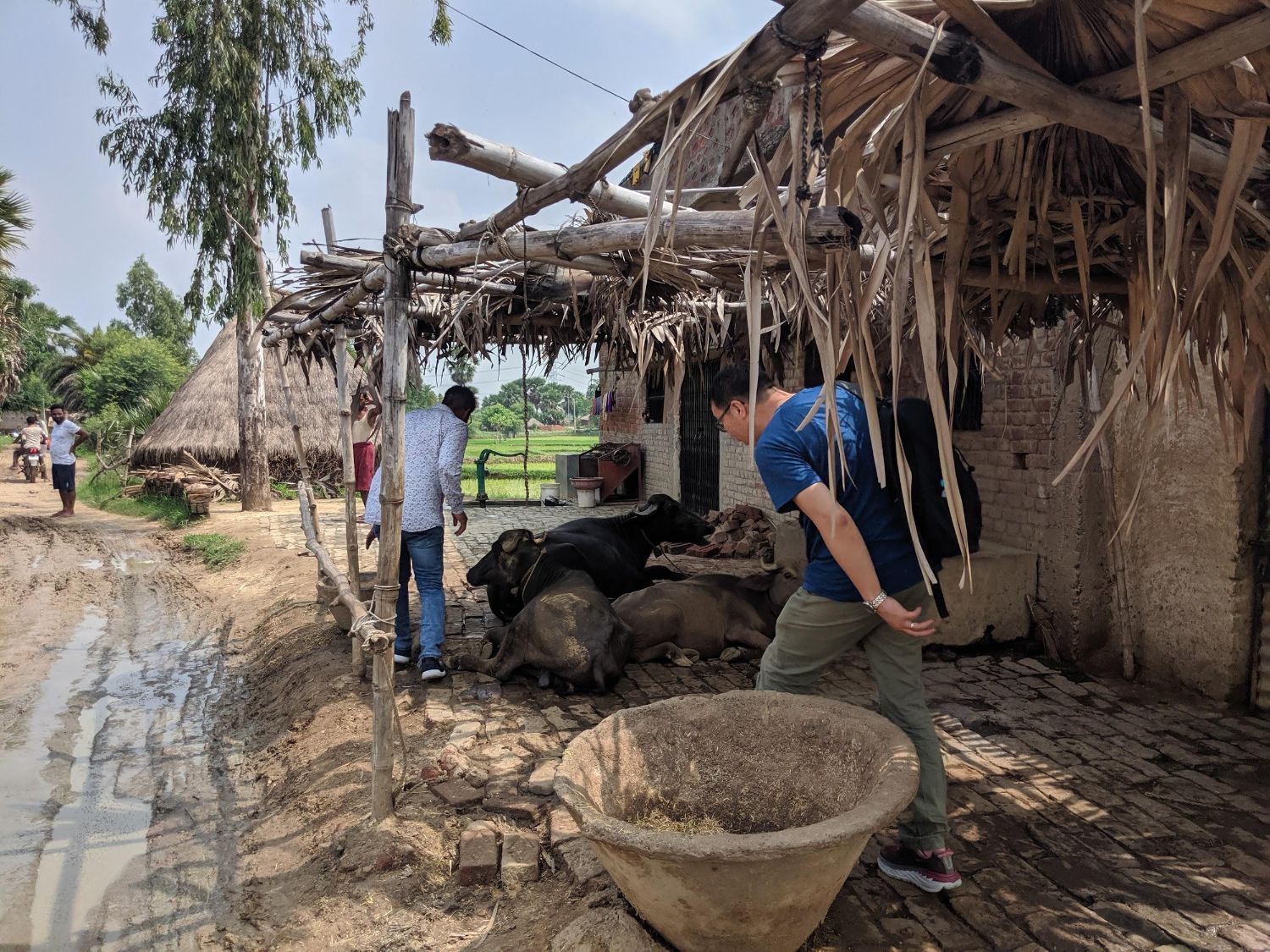
Animals scenario 1: maneuver ourselves through a gang of resting buffalos. At the same time balancing ourselves from falling into the mud pool on the left.
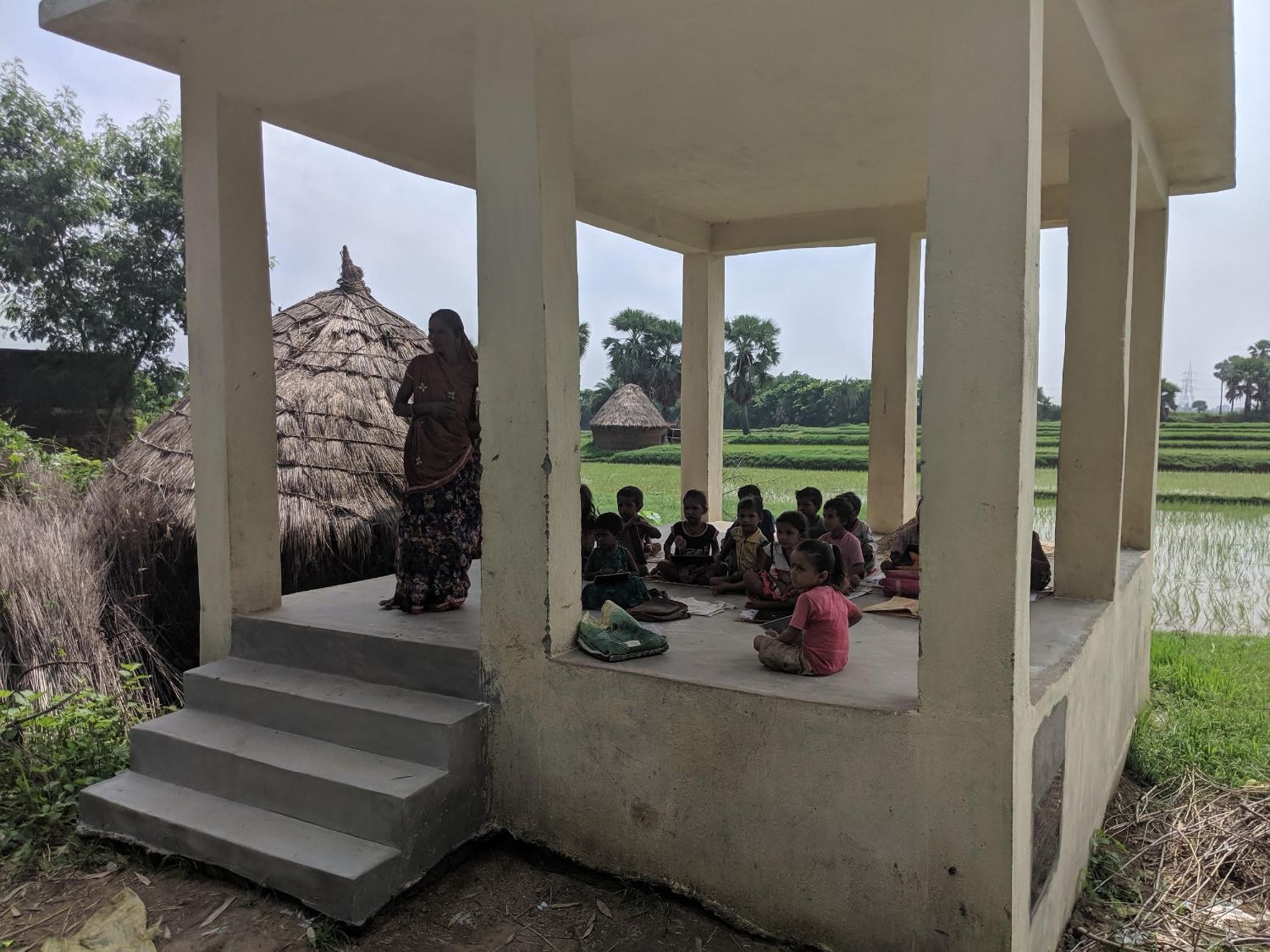
Then we pass by the tiniest school ever! Picturesque location to have a class.
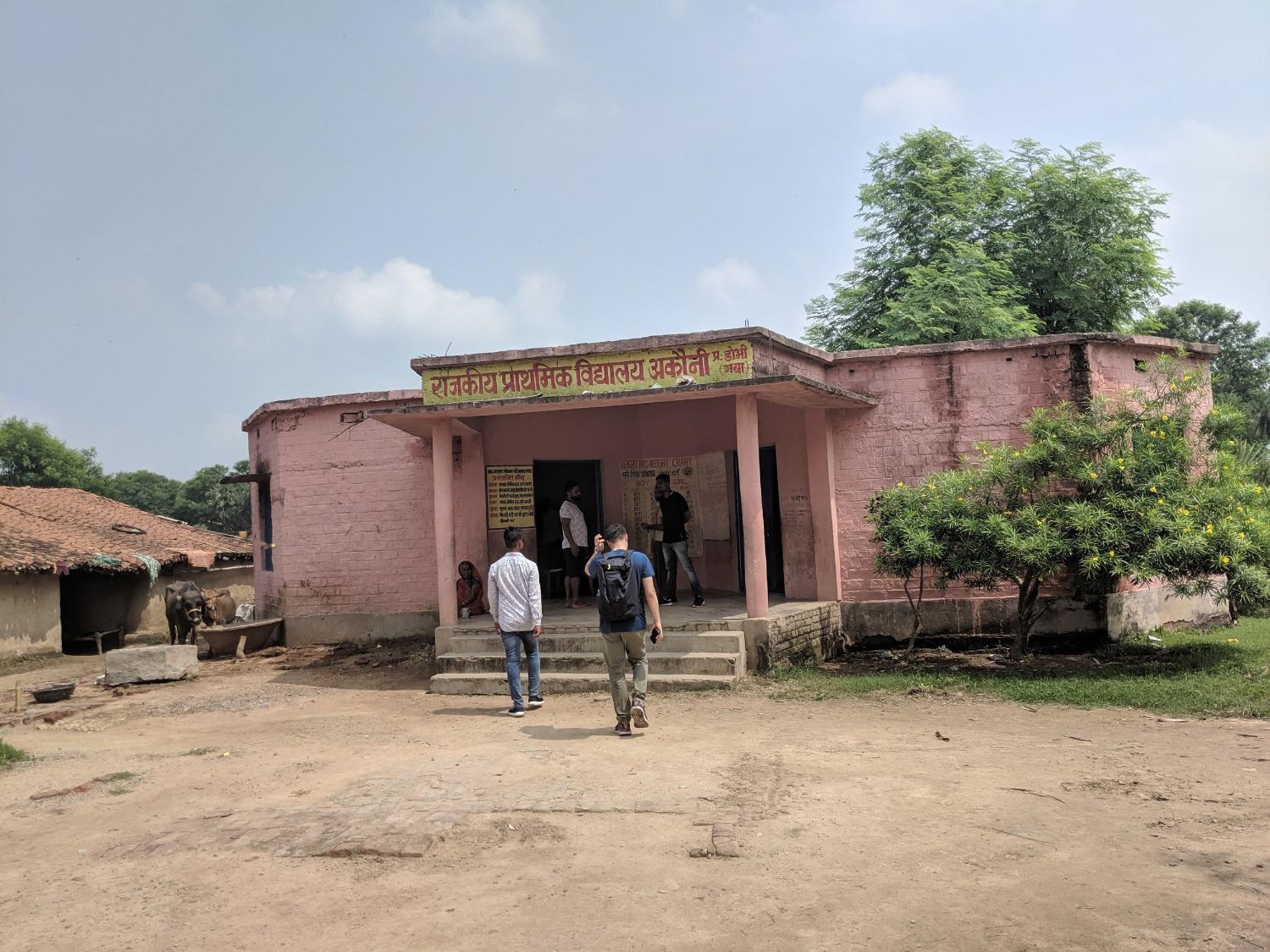
Then we come to our first school: Primary School in the village of Akauni, 55 students, Headmaster is Sanita Kumari.
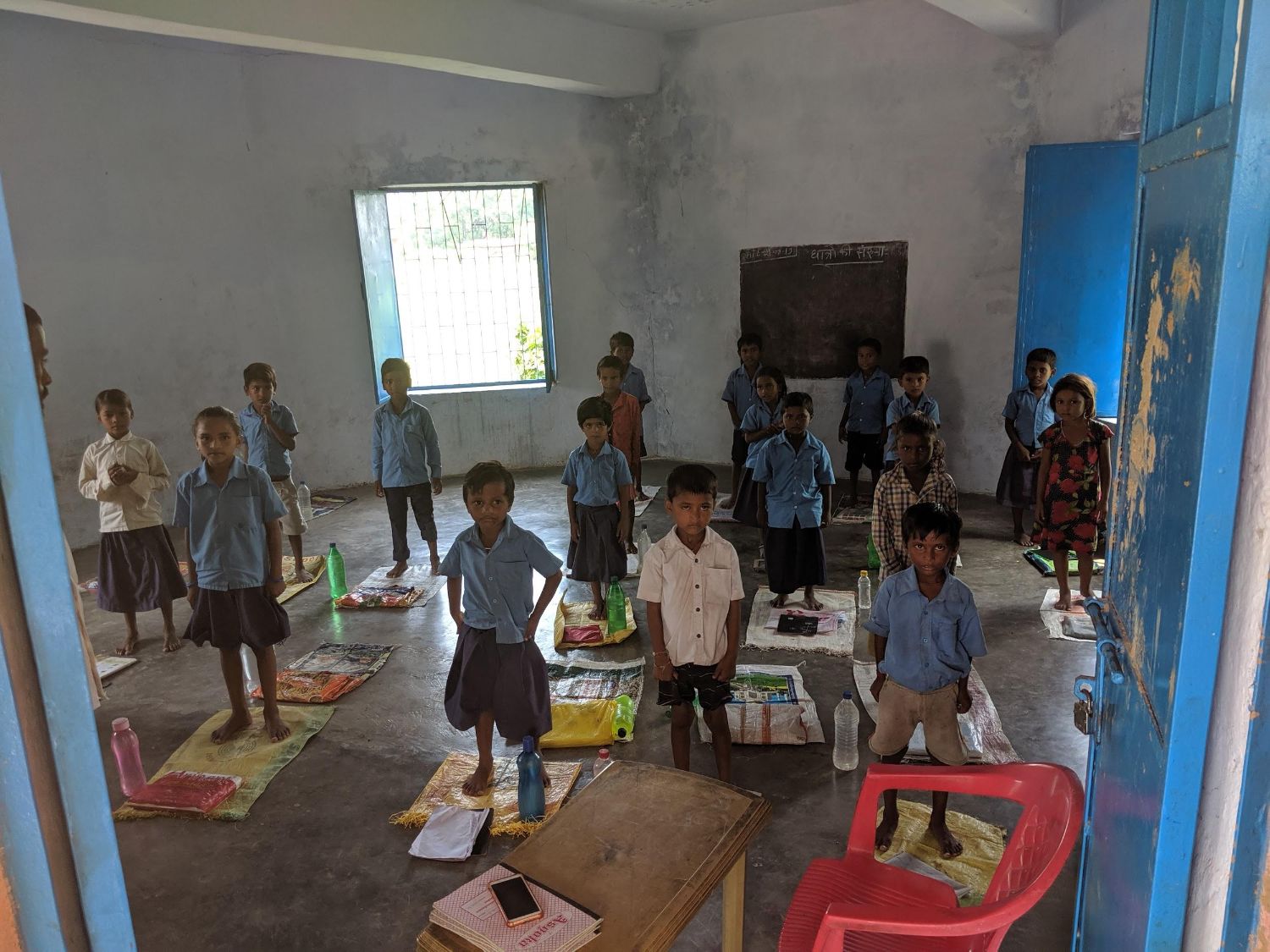
As soon as they saw a guy with a camera, they get into the Standing formation, ATTENTION!
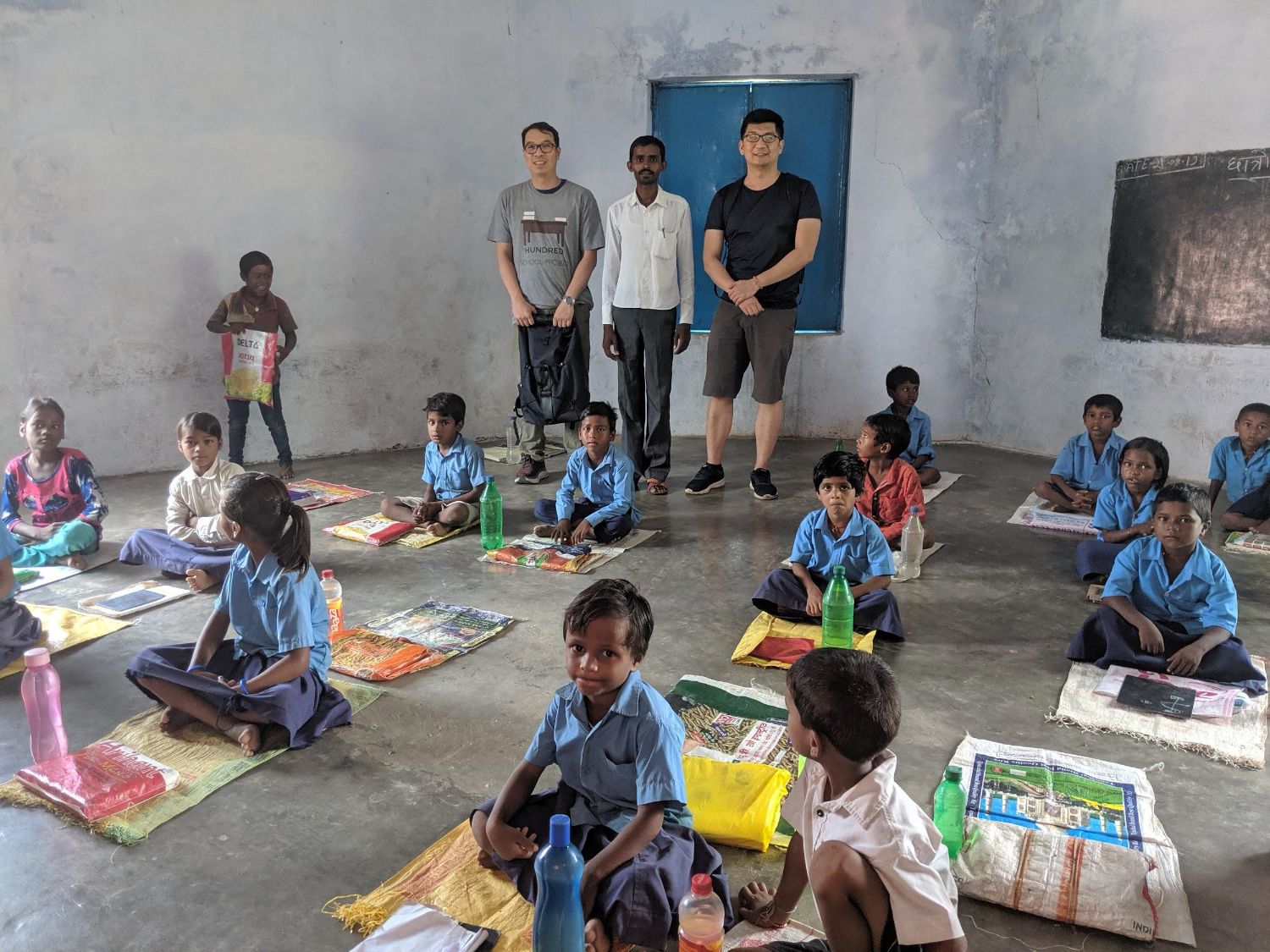
And when they realise we aren’t that intimidating, they sit down, keep quiet and let these adults do their thing.
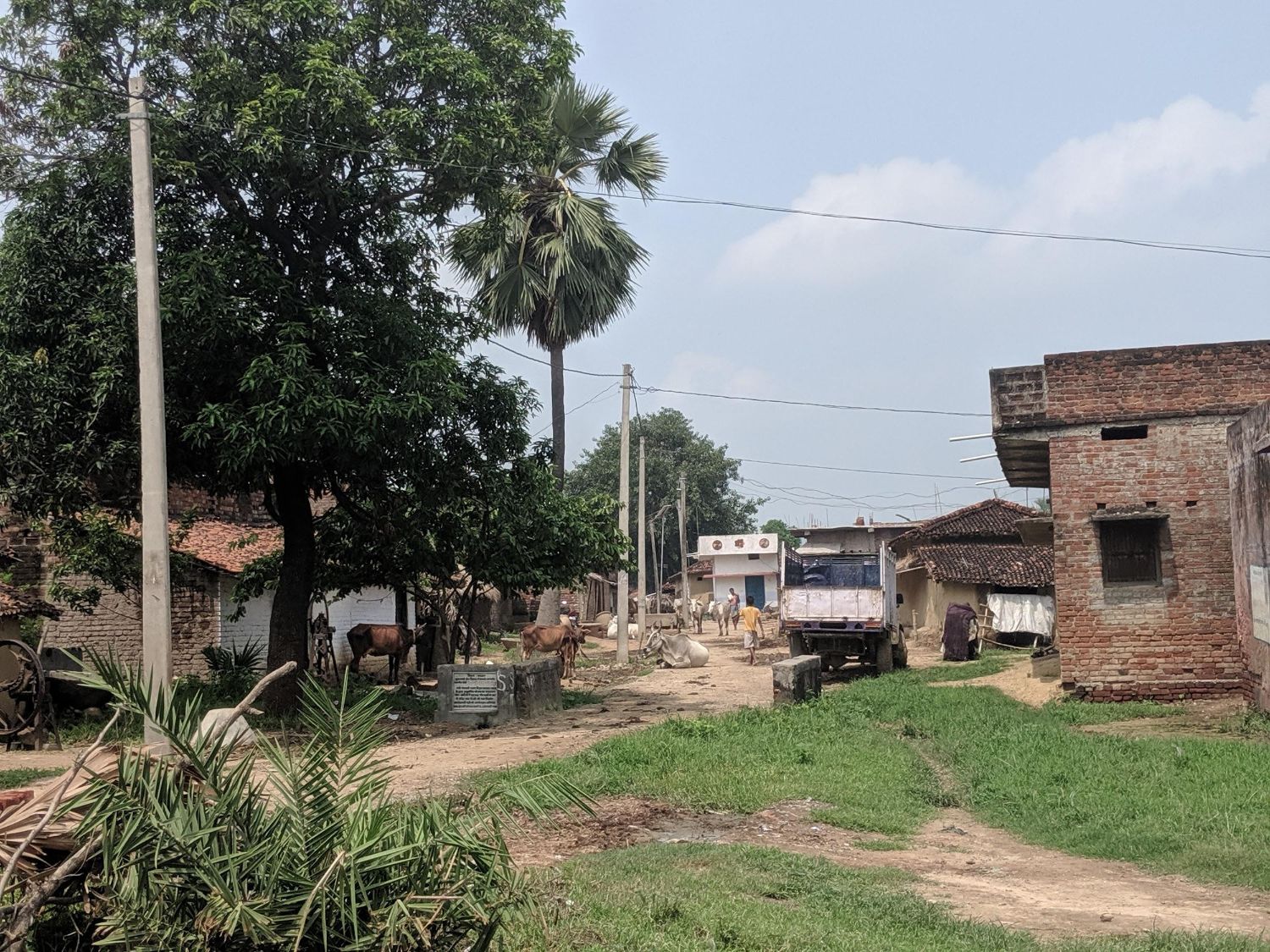
Outside the school, it’s a happening community. Animals and people living in harmony.
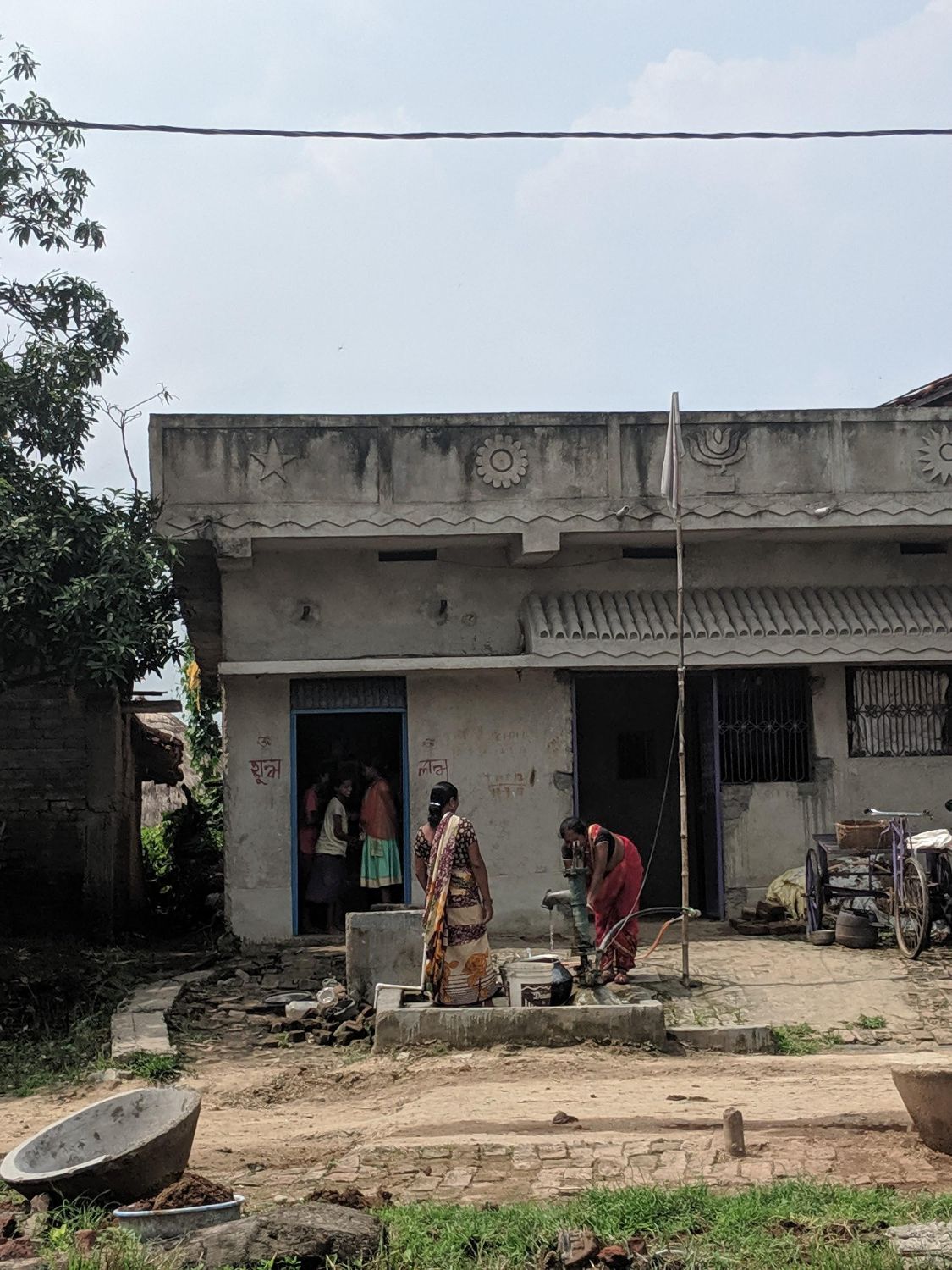
And here we can see one person working super hard, one person waiting for the hard work’s result, and the rest of them admiring the hard workers. For you city people out there, this is a new-age well pump.
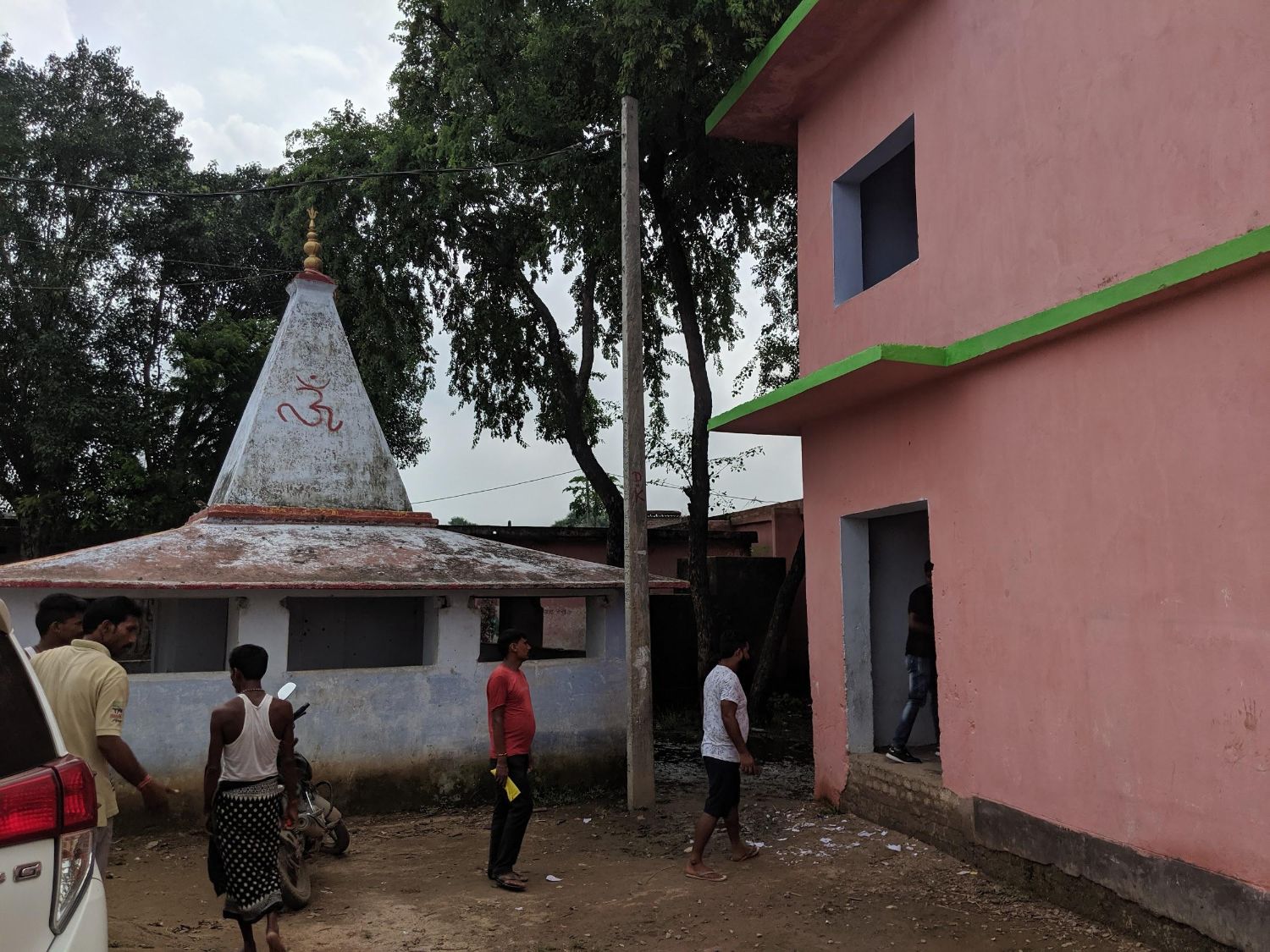
Next, we come to a Middle-High School in the village of Ghatiria, 110 students at 6 classes. Headmaster’s name is Anita Sinha.

Here we can see the school is a big fan of Christmas socks. There’s a sock with a single student, a sock with 4 students, and 3 more at the very back. I smell a conflict going on here!
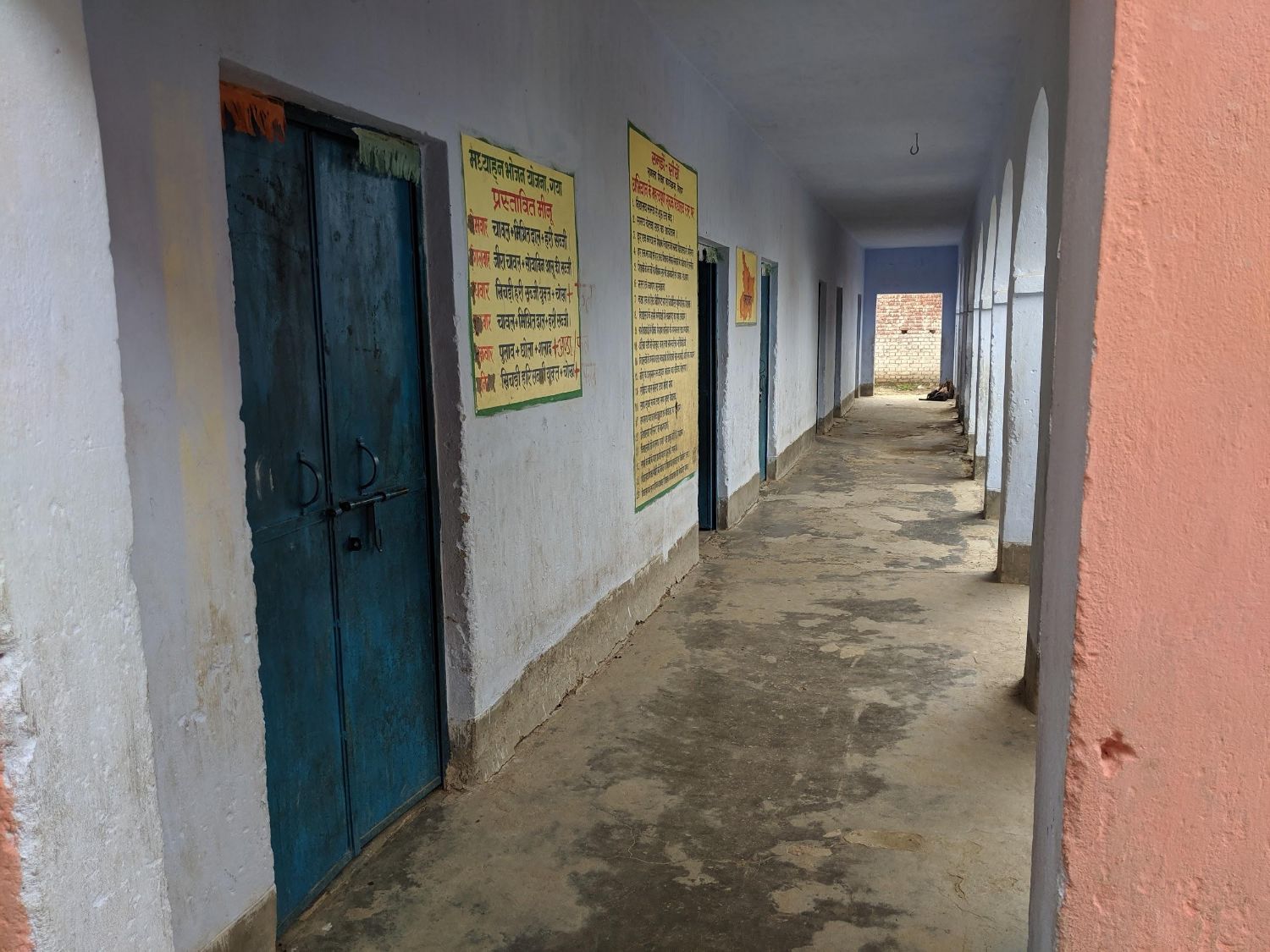
Interesting thing about this school. Most classes on-premise are empty, so the school is currently over-sized for its number of students.
There is an issue with getting students away from the rice padi-fields into the classrooms.
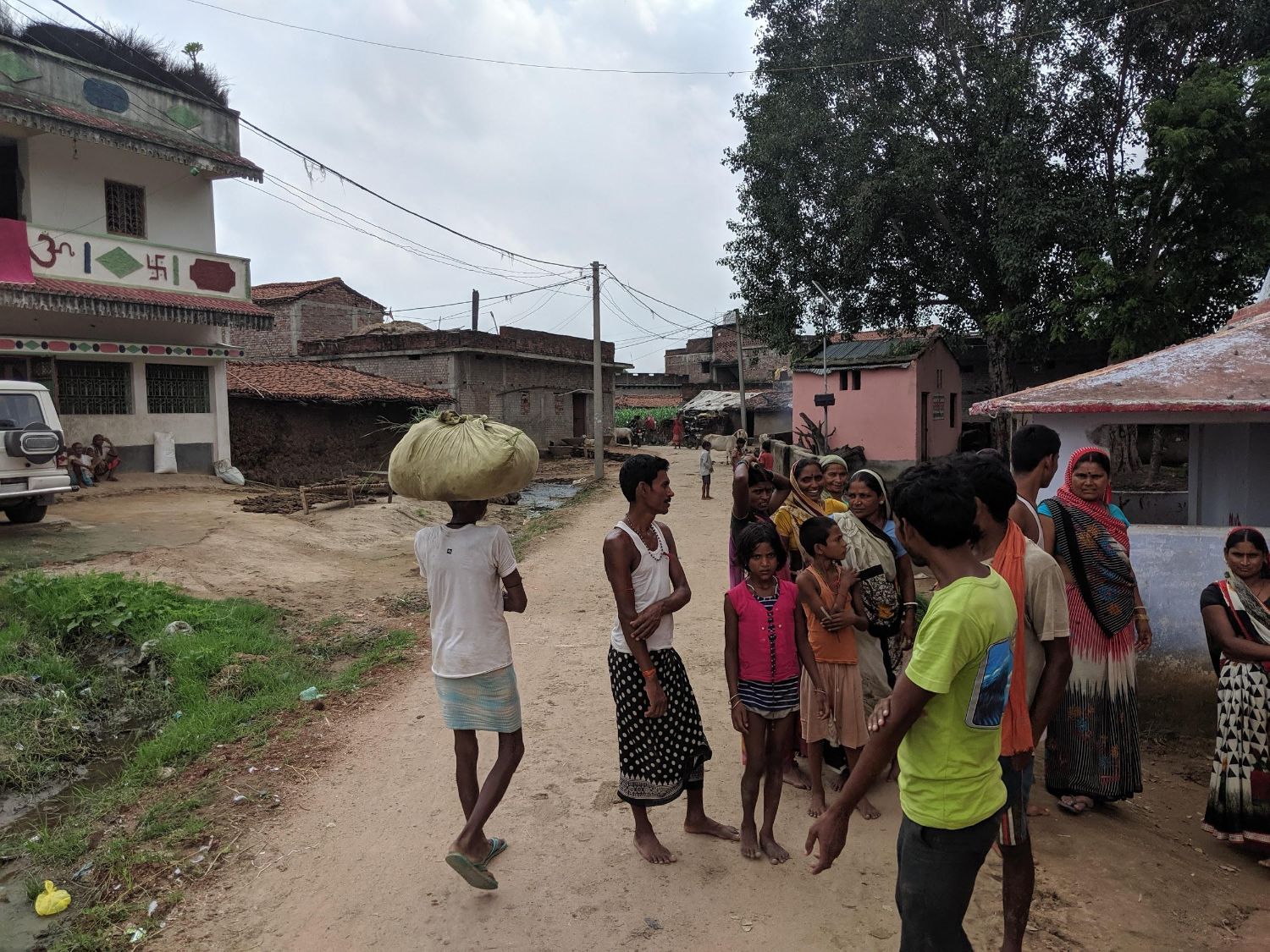
Spot the odd one!
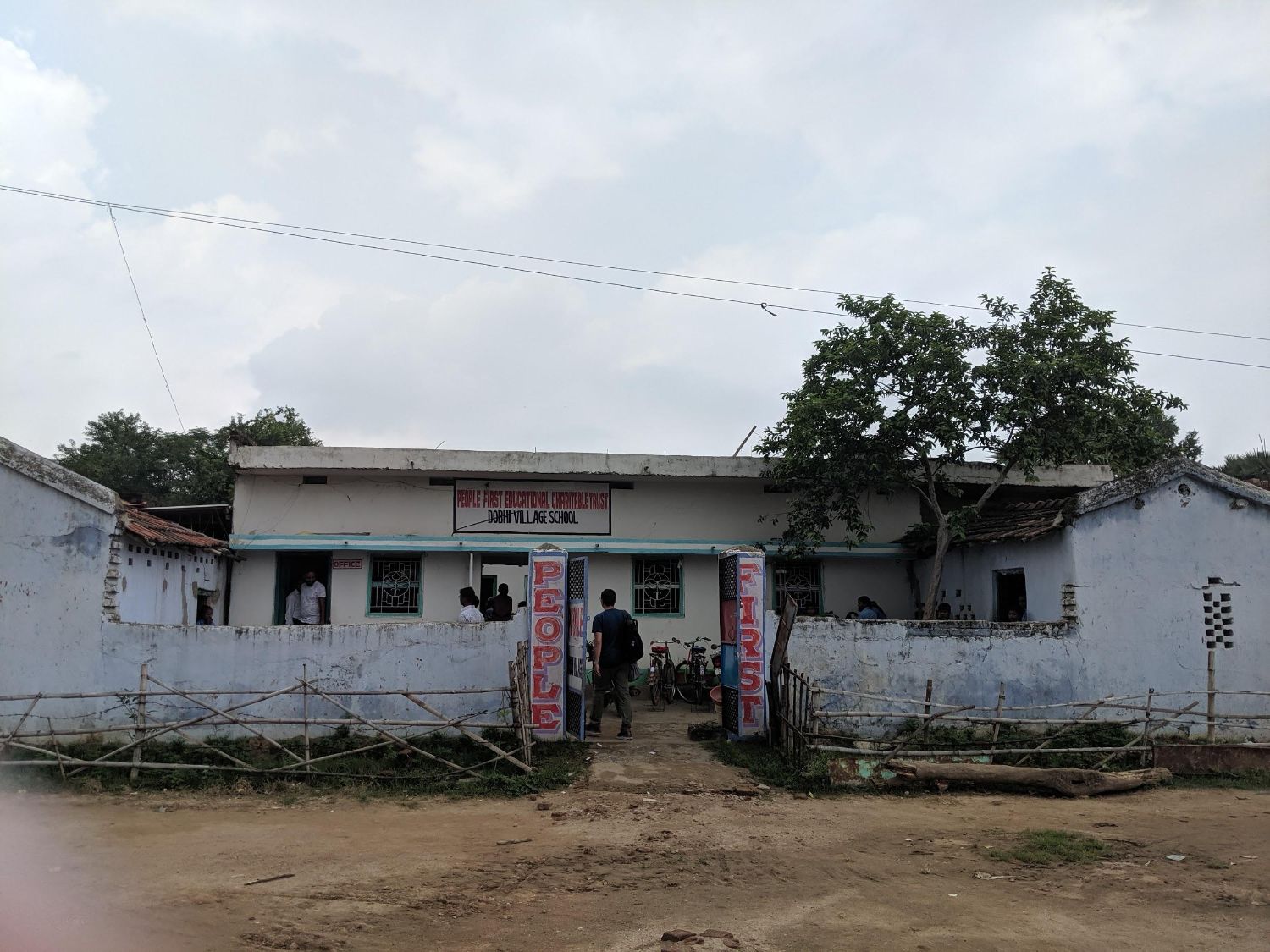
Not too far from the last school, there is a partially private school. Let’s see what the big fuss is all about.
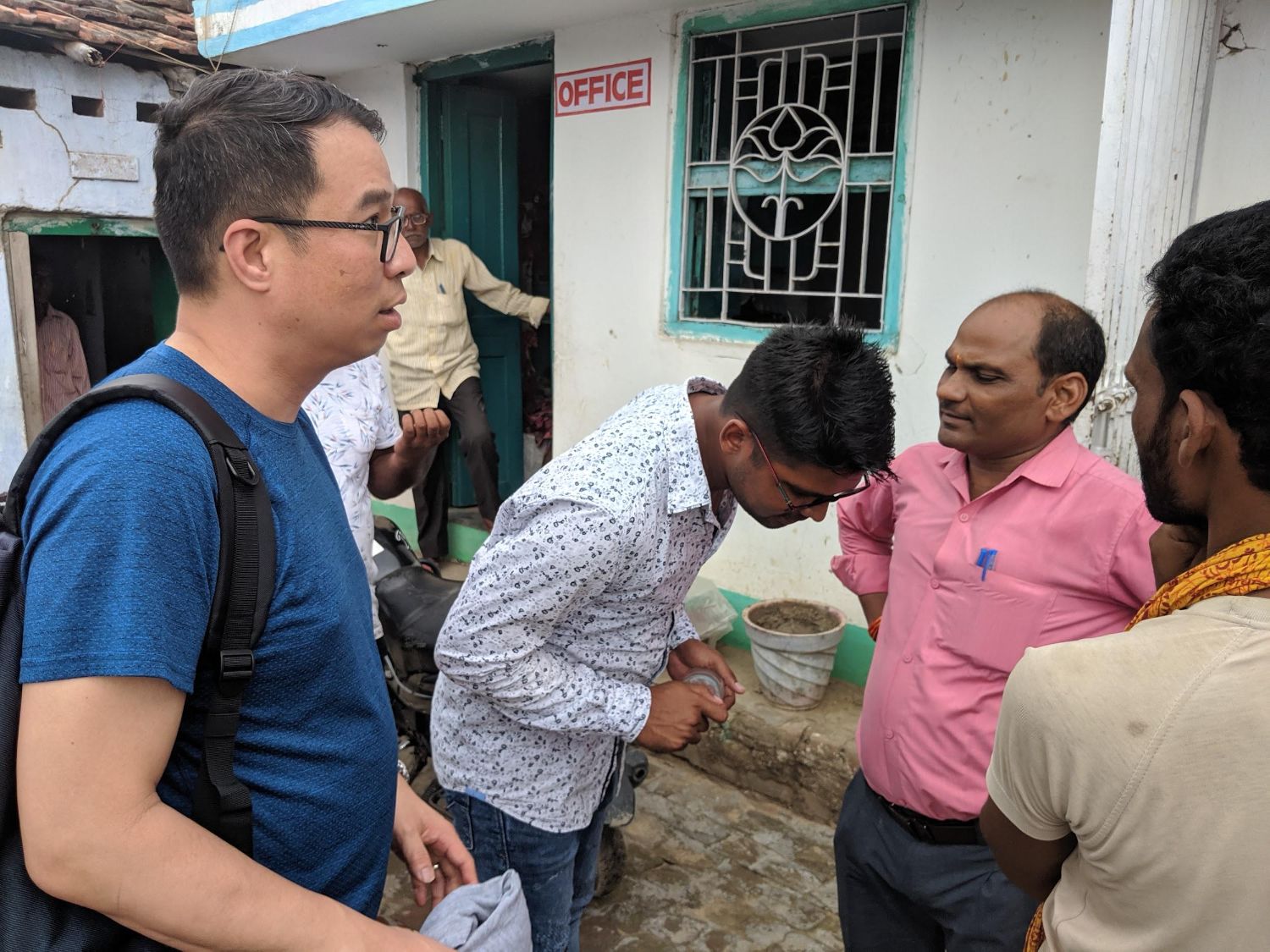
We meet a few teachers and discuss what the big deal about their school is. One thing is its office has a sign that says “Office”, oooh... fancy shmancy. Since the person-in-charge, which I assume is the headmaster isn’t around, we aren’t able to look further. See how hard it is to get a partially-private school headmaster to meet us? Let alone a full private school.
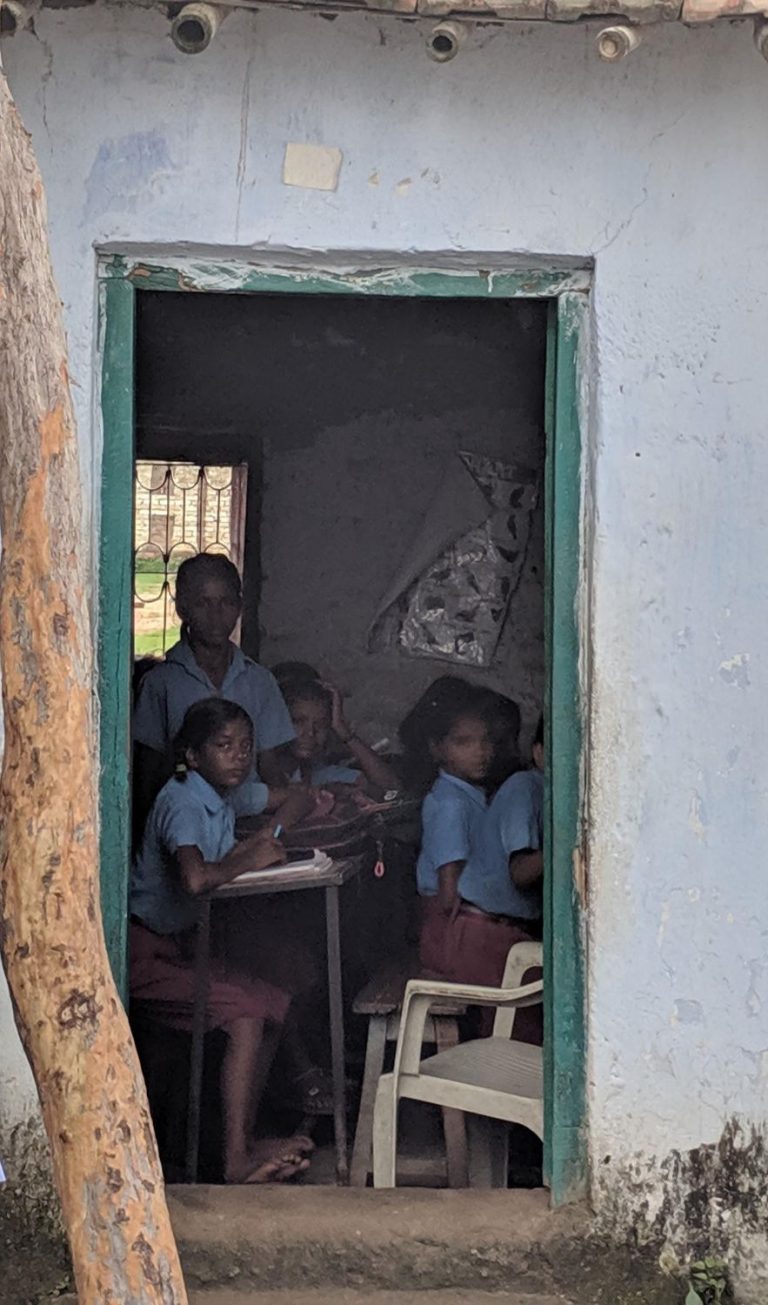
Still not stopping me from stealing a shot. Ah yes, they have desks and chairs, just like all the schools we donated.
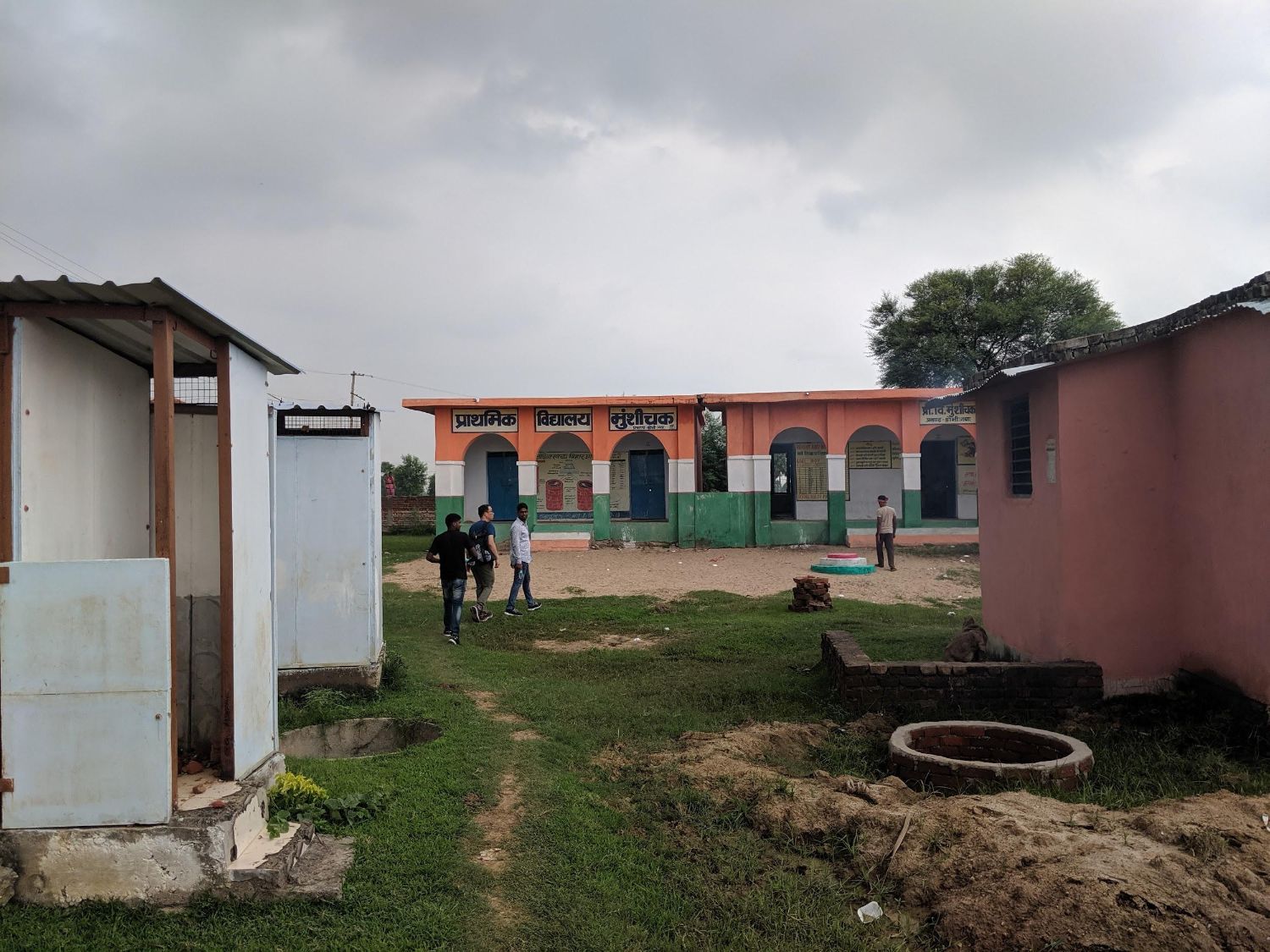
Last school of the day: Primary school in the village of Munsikchak, 90 students, headmaster’s name is Sanita Kumari.
Notice how this is different from the other schools? It’s got 3 colours!!!
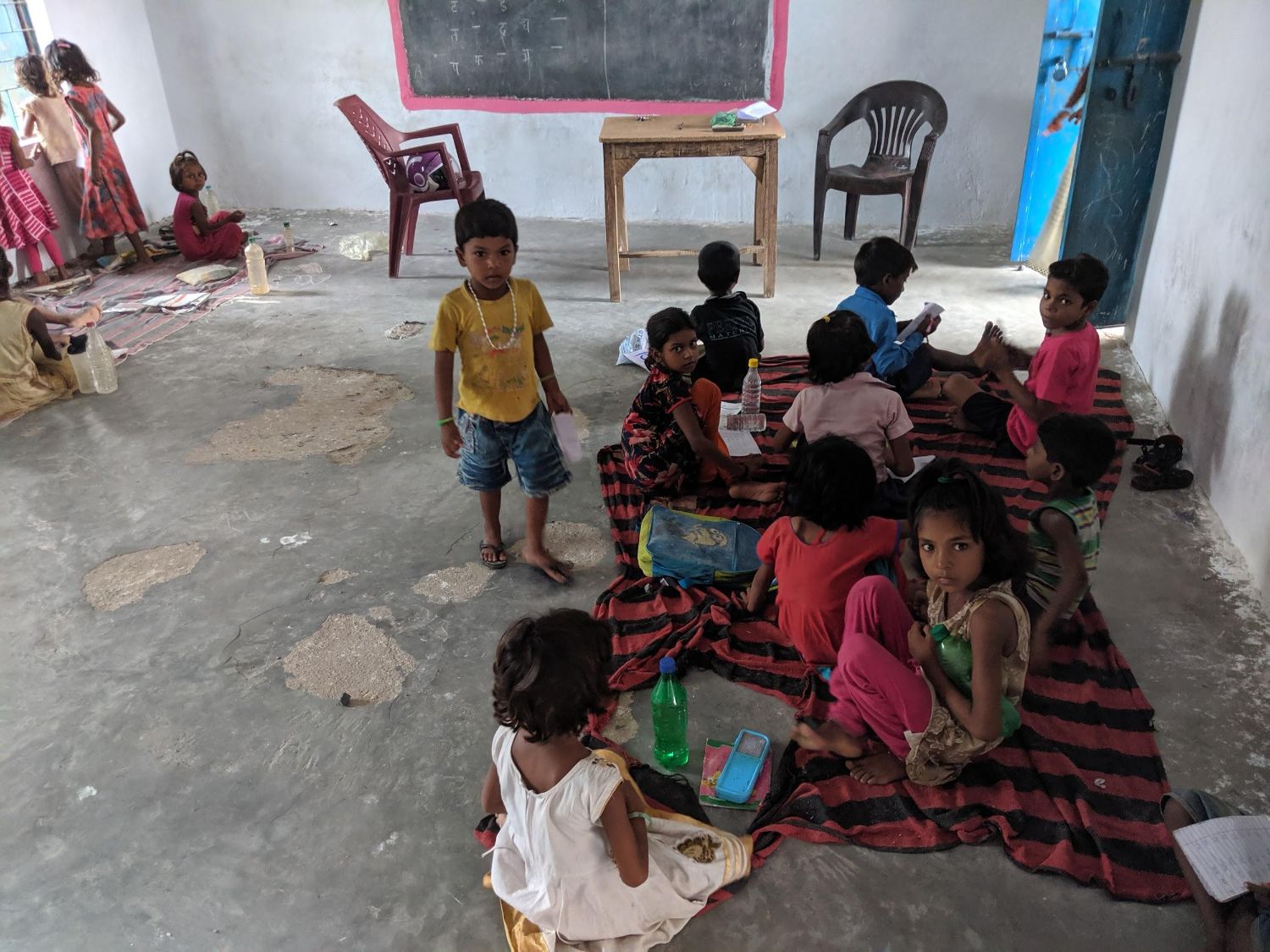
And the students wear clothes as colourful as the school’s building. Now this class looks very small for a school with 90 students right?
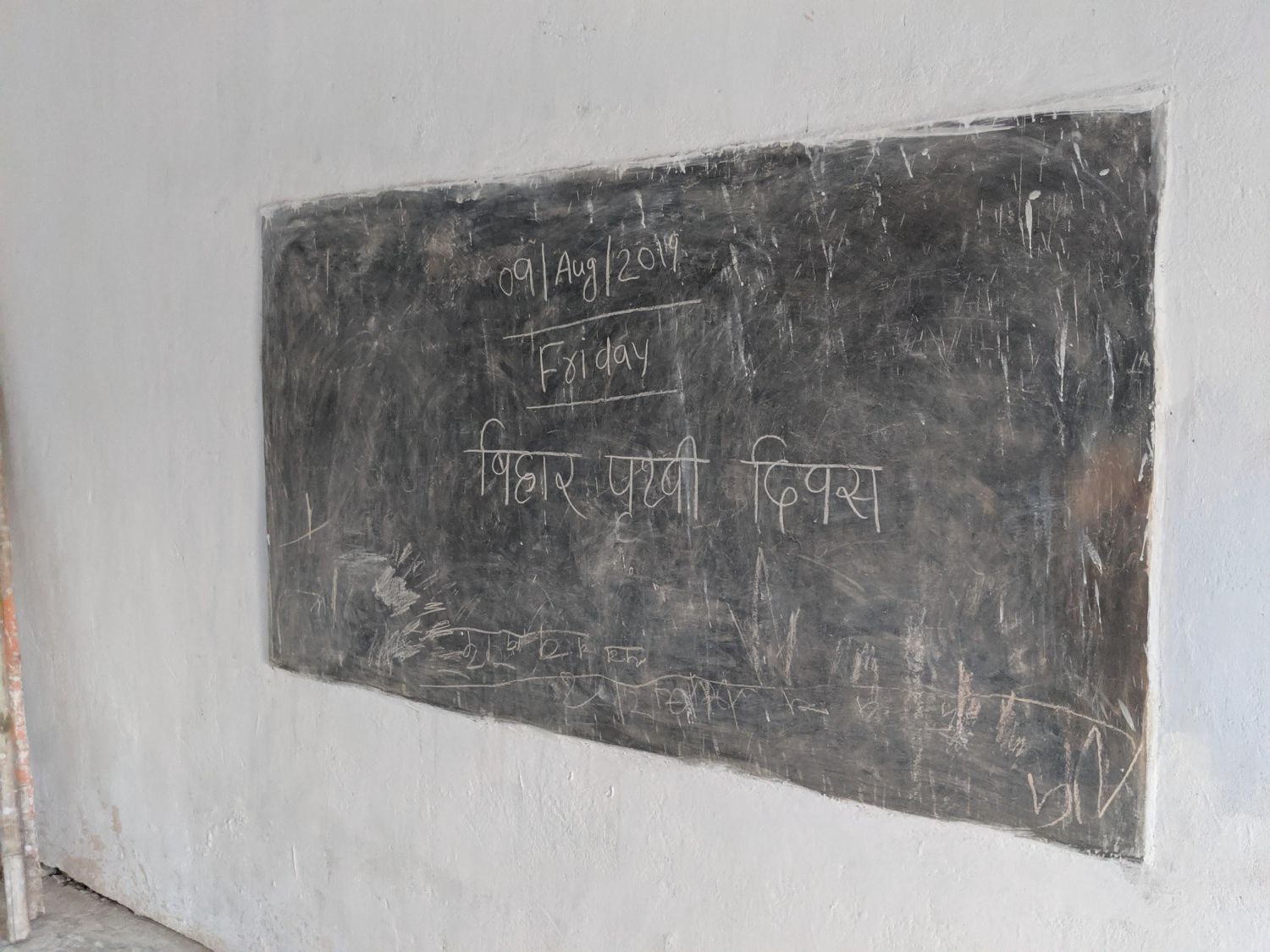
So here’s the story. Similar to the last school, children here are encouraged by their families to watch over their homes while the parents head to the Padi fields. So what does the school do to get their students back?
Everyday the school offers free meals to its students, but on every Friday the kitchen cooks up something special: Egg Curry, Jamie Oliver’s style. So this is when most students would return to class to support the kitchen.
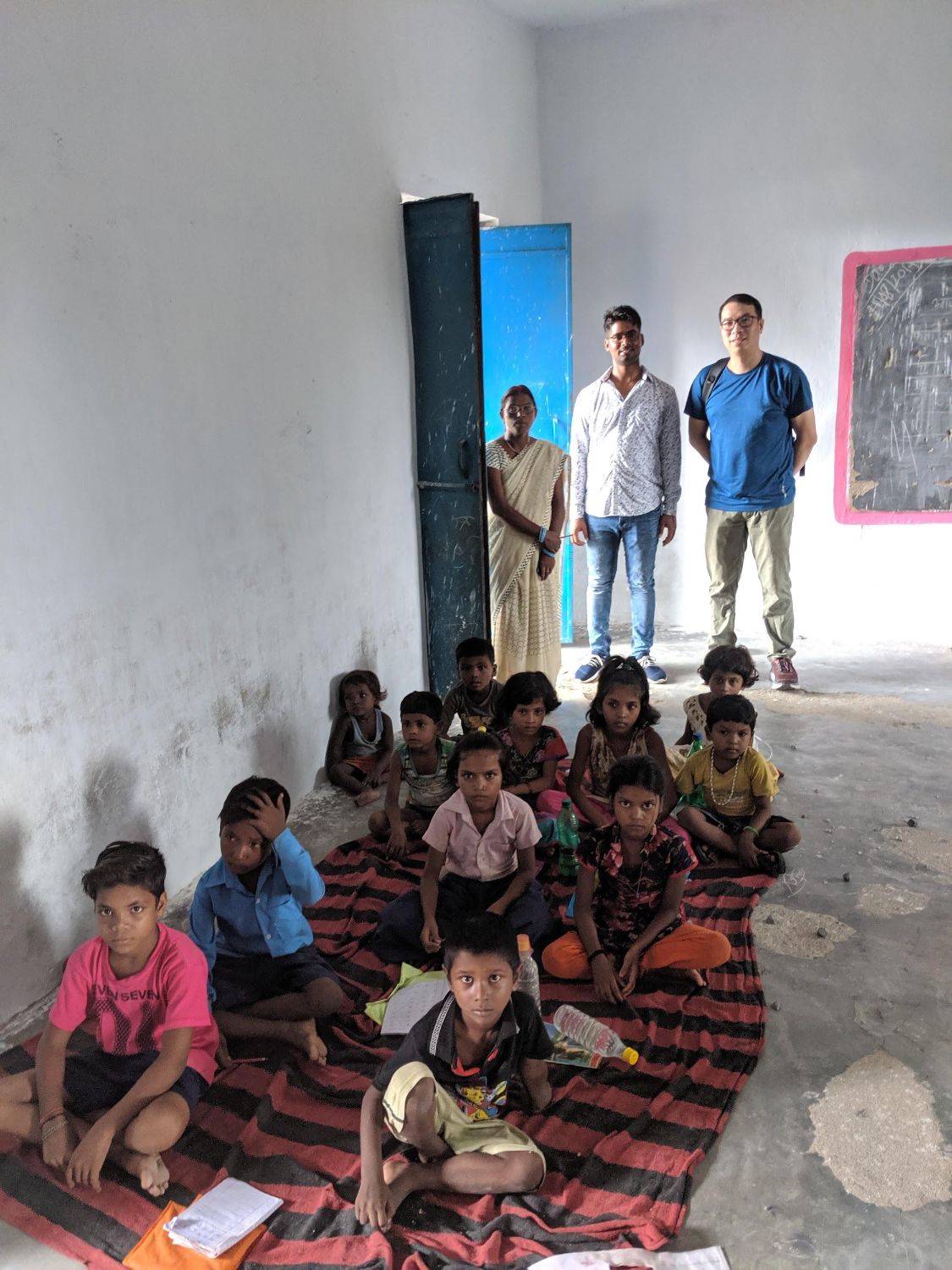
And lastly we have, from the rear-left, the Headmaster, Raj, Alan, and a group of confused students (one even holds onto his head).
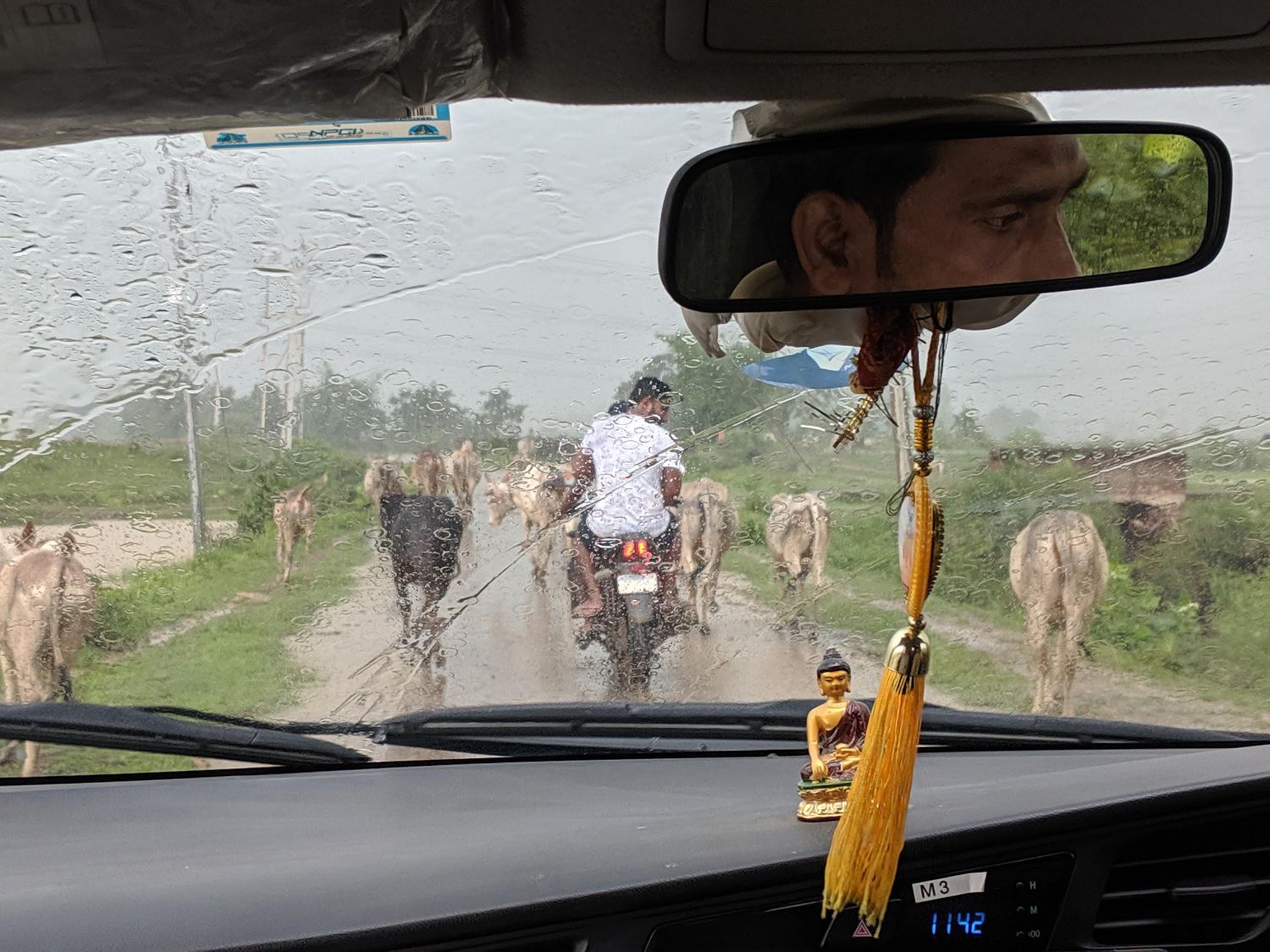
And with that, we wrap up our school visits this trip.
While I can still use up the very last drop of my intellectual juice, here is something I can leave you to ponder with:
100 School Project is a movement to empower students living in rural areas, motivating and encouraging them to excel in their studies while maintaining their joyful lives growing up in some of the most beautiful parts of the world. While we handle our operations, we are also learning from the students, headmasters, teachers and the local villagers, so we can take these learnings back home, and apply them in our daily lives.
For instance, I have confidently learned how to maneuver through a herd of cows on a wet road.
